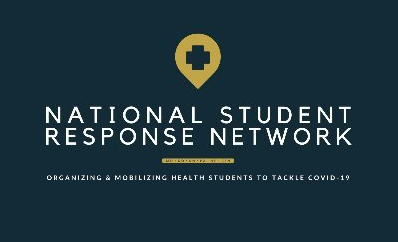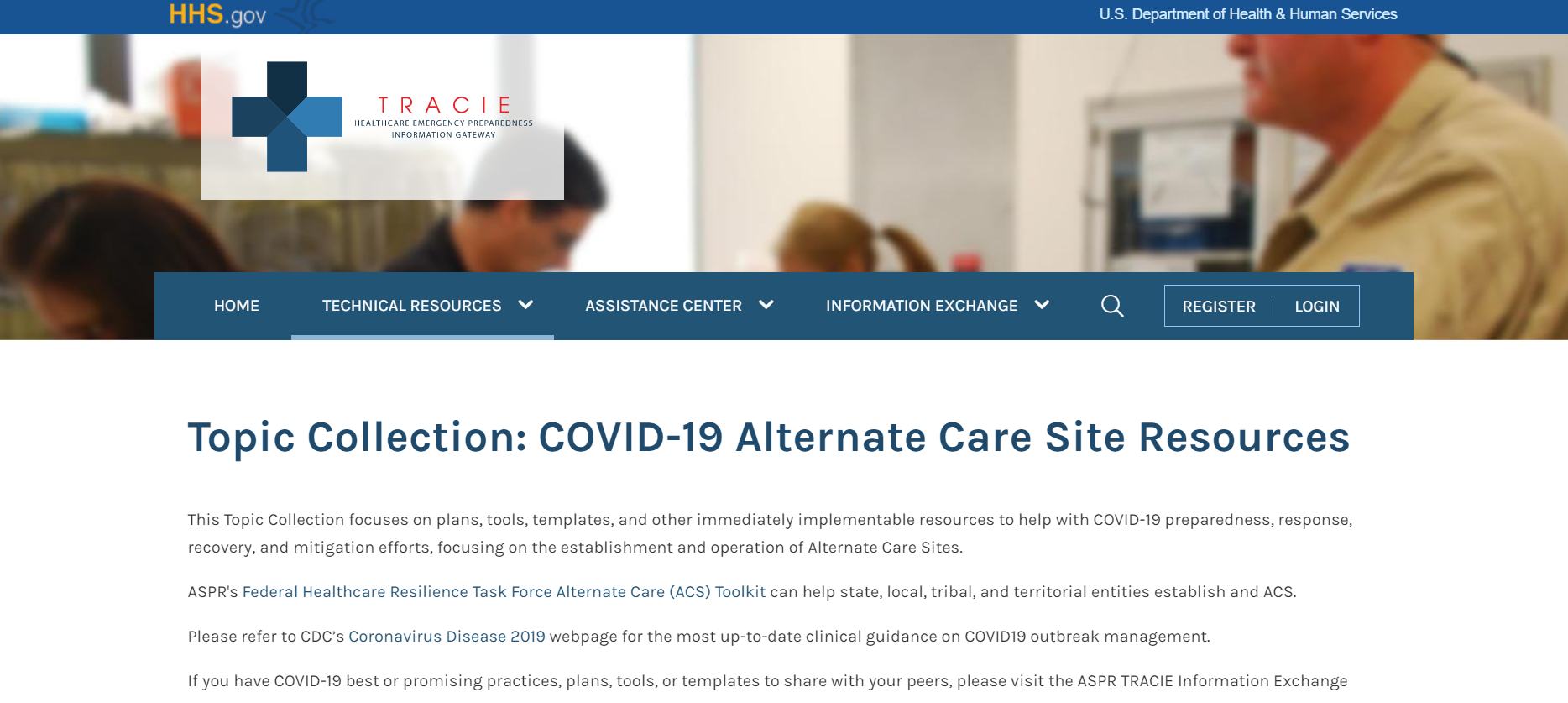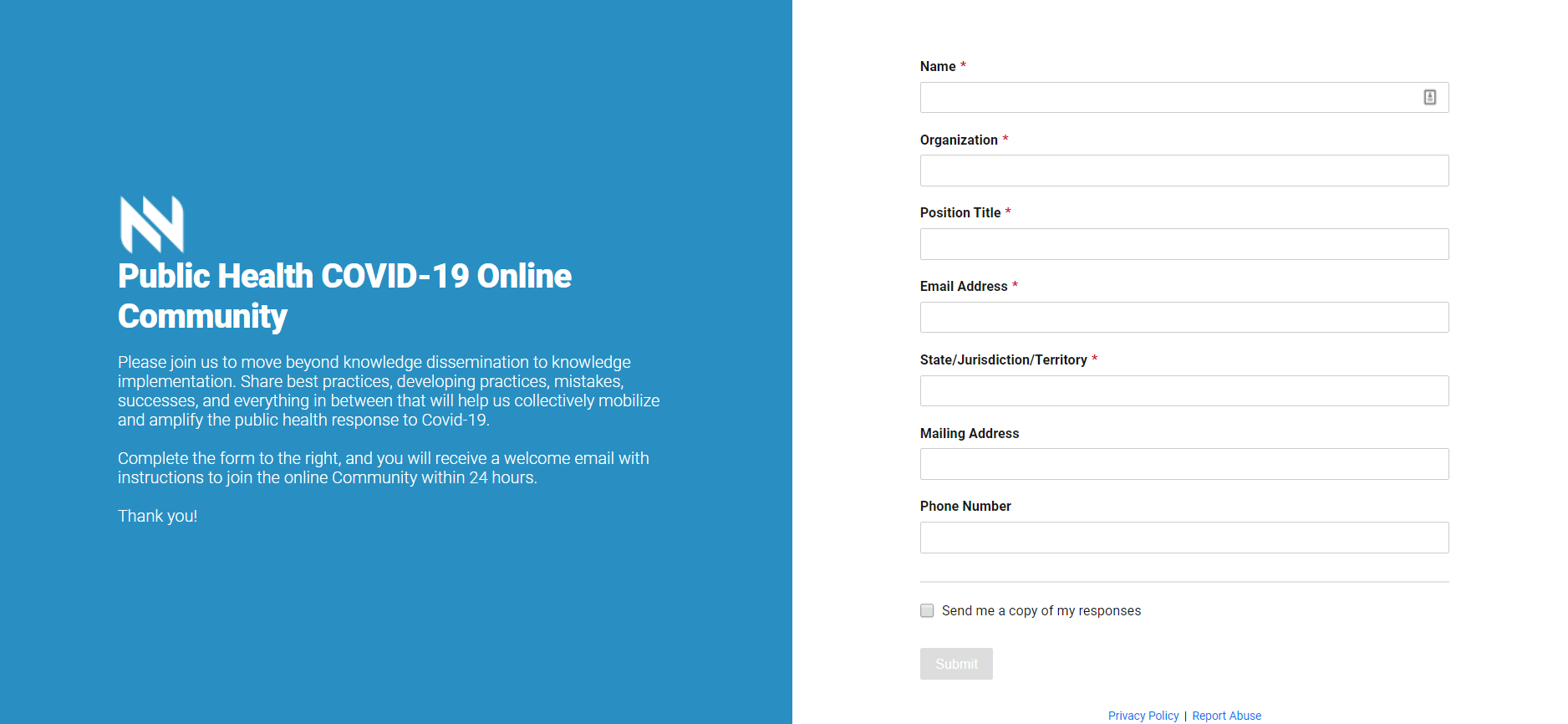Popular Categories
Volunteer Force Gets Latest Radiation Emergency Training
The Greene County Medical Reserve Corps (MRC) from Xenia, OH, conducted a radiation training on Nov. 7–8 to prepare for a...
Nov 22, 2013 | Admin
Partnerships and Volunteers Critical to Resilient Rural Communities
In recognition of National Rural Health Day on Nov. 21, NACCHO interviewed Denise Bingham, RN MSN, Director of Nursing, at Three...
Nov 21, 2013 | Frances Bevington
American Academy of Pediatrics Releases Preparedness Resource Kit
The American Academy of Pediatrics (AAP), in partnership with CDC, recently released the “Pediatric Preparedness Resource Kit,...
Nov 15, 2013 | Admin
New Legal Precedent for Inclusive Planning, Preparedness, and Response
Late last week, the United States District Court, Southern District of New York handed down a ruling on the Brooklyn Center for...
Nov 12, 2013 | Andy Roszak
Medical Countermeasures Workgroup October Report
Chair: Melissa Marquis; Staff: Lisa Brown The Medical Countermeasures Workgroup held their monthly meeting on Oct. 15. Garrett...
Nov 11, 2013 | Lisa Brown
Partnerships Between Emergency Management and Local Health Departments
In this article from EMSWorld, Andy Roszak, NACCHO’s Senior Director for Environmental Health, Pandemic Preparedness and...
Nov 11, 2013 | Admin
NACCHO Staff Take Steps to Help Their Community Be More Prepared
Sixteen NACCHO staff participated in a Community Emergency Response Team (CERT) training on October 28 and 29. The CERT program trains...
Nov 04, 2013 | Samantha Morgan
Budget Cuts Reduce Pandemic Influenza Planning and Response Capacity
Since 2007, continued funding cuts have been impacting pandemic influenza planning and response in local health departments (LHDs)....
Oct 30, 2013 | Sara Rubin
Risks of Cyber Attacks on the Healthcare Sector Leave Public Health of Communities...
In December 2011, a hospital in Georgia was forced to divert all non-emergency admissions to other medical centers, after a malware...
Oct 24, 2013 | Justin Snair
Volunteer Force Gets Latest Radiation Emergency TrainingThe Greene County Medical Reserve Corps (MRC) from Xenia, OH, conducted a radiation training on Nov. 7–8 to prepare for a possible radiation emergency. MRC volunteers learned how to screen large numbers of people for radiation and how to decontaminate them. This training was the first radiation preparedness training of its kind in West Central […] Nov 22, 2013 | Admin |
Partnerships and Volunteers Critical to Resilient Rural CommunitiesIn recognition of National Rural Health Day on Nov. 21, NACCHO interviewed Denise Bingham, RN MSN, Director of Nursing, at Three Rivers District Health Department in Kentucky about the unique preparedness needs of rural communities. In addition to her work at Three Rivers, Denise is on the Kentucky Department of Public Health Emergency Rapid Response Team and […] Nov 21, 2013 | Frances Bevington |
American Academy of Pediatrics Releases Preparedness Resource KitThe American Academy of Pediatrics (AAP), in partnership with CDC, recently released the “Pediatric Preparedness Resource Kit, Inspired by the H1N1 Pandemic: Strengthening Pediatric and Public Health Partnerships.” This kit promotes collaborative discussions and decision-making among pediatric and public health leaders about pediatric all-hazards preparedness planning. It also aims to increase... Nov 15, 2013 | Admin |
New Legal Precedent for Inclusive Planning, Preparedness, and ResponseLate last week, the United States District Court, Southern District of New York handed down a ruling on the Brooklyn Center for Independence of the Disabled v. The City of New York, a class action lawsuit brought on behalf of all persons with disabilities. The suit charged that the New York City Emergency Preparedness Program failed […] Nov 12, 2013 | Andy Roszak |
Medical Countermeasures Workgroup October ReportChair: Melissa Marquis; Staff: Lisa Brown The Medical Countermeasures Workgroup held their monthly meeting on Oct. 15. Garrett Simonsen was appointed as the new Vice Chair. The members discussed the 2014 Preparedness Summit Point of Dispensing Demonstration. Discussions revolved around logistics, staffing, registration, triage, and evaluation. Members received a document discussing the important... Nov 11, 2013 | Lisa Brown |
Partnerships Between Emergency Management and Local Health DepartmentsIn this article from EMSWorld, Andy Roszak, NACCHO’s Senior Director for Environmental Health, Pandemic Preparedness and Catastrophic Response, shares how local health departments can work more closely with their local Emergency Management Services (EMS). Roszak attended the 2013 EMS World Expo in September 2013 to learn more about the current trends facing the EMS sector, to […] Nov 11, 2013 | Admin |
NACCHO Staff Take Steps to Help Their Community Be More PreparedSixteen NACCHO staff participated in a Community Emergency Response Team (CERT) training on October 28 and 29. The CERT program trains citizens to be better prepared to respond to emergencies in their communities by learning how to provide immediate assistance to victims and organize spontaneous volunteers at the disaster site. When response resources are limited, CERT […] Nov 04, 2013 | Samantha Morgan |
Budget Cuts Reduce Pandemic Influenza Planning and Response CapacitySince 2007, continued funding cuts have been impacting pandemic influenza planning and response in local health departments (LHDs). Sequestration, the automatic federal spending cuts that took place in March 2013, caused further strain on these programs. With another round of sequestration cuts set to take place in January 2014, LHDs may be forced to reduce or eliminate programs that would plan... Oct 30, 2013 | Sara Rubin |
Risks of Cyber Attacks on the Healthcare Sector Leave Public Health of Communities VulnerableIn December 2011, a hospital in Georgia was forced to divert all non-emergency admissions to other medical centers, after a malware infection downed the institution’s IT network and required staff to use paper records. The attack affected computer connectivity, as hospital computers could not communicate with each other. The hospital was forced to use a runner system, where papers were shuttled... Oct 24, 2013 | Justin Snair |

Subscribe Today
Sign Up for the E-mail Digests
Create an account or login to MyNACCHO and go to "My Subscriptions."
SUBSCRIBE NOW



